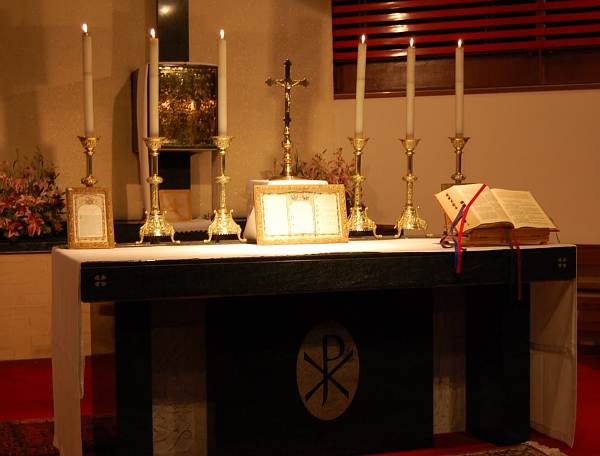Jeg har nok en gang (mest fredag) sittet flere timer og lest om Kirkens liturgiske utvikling, for å prøve å finne ut hvorfor og hvordan forandringene rundt 1970 ble som de ble. Jeg leste bl.a. et fem år gammelt stykke på Zenit.org; et intervju med msgr. Peter Elliot, som har skrevet bøkene: «Ceremonies of the Modern Roman Rite» og «Ceremonies of the Liturgical Year». Bøkene kom ut for nesten ti år siden, og jeg har lest dem mange ganger, mest i mine første presteår. (Jeg kan legge til at de bare handler om hvordan den nye messen skal feires, ikke i det hele tatt om TLM.)
Msgr. Elliot fokuserer i intervjuet på at de liturgiske forandringene som hadde kommet årene før konsilet, mest under pave Pius XII, ikke hadde blitt skikkelig forstått eller intergrert i Kirkens liv – han nevner spesielt Mediator Dei fra 1947. Derfor gikk det så galt etter konsilet, når (slik jeg forstår det) konsilets svært vide og lite presise ønsker skulle settes ut i livet. Her er litt av intervjuet fra mai 2003 – hele intervjuet kan leses HER.
Q: Why did liturgy go awry so much in the post-conciliar era?
Monsignor Elliott: Basically, the work of the liturgical movement and Pius XII in «Mediator Dei» on the meaning and spirit of the liturgy was not properly assimilated before the council.
The opening doctrinal section of «Sacrosanctum Concilium» is brief, because it presupposes «Mediator Dei.» Then, after the council, the «changes» were brought in an authoritarian way, hastily, often without respect for popular piety and what people valued. Extremists and cranks soon moved in, experimenting, innovating and pushing people around. They moved many altars but not so many hearts.
I also believe that some changes to the Mass went beyond what the council Fathers envisaged in «Sacrosanctum Concilium,» and this is the very area where we still encounter problems. We also need to remember that the late 1960s and 1970s was an era of cultural modernism, marked by overconfidence, radical chic and bad taste.
Q: Are the liturgical problems behind us?
Monsignor Elliott: There has been some stabilization and the revised Roman Missal and General Instruction should help, but there are still widespread problems — sloppy ceremonial, verbosity, vulgar music, disobedience and sheer ignorance. … …
Q: One observer suggested that the liturgy should have been the last thing changed after Vatican II, rather than the first thing. Is this a fair observation?
Monsignor Elliott: Not really, because this is an academic hypothesis. The historical reality was otherwise. The liturgical movement and reforms initiated by Pius XII converged with the pastoral needs of mission territories, and that made liturgical reform a priority for Blessed John XXIII and the council Fathers.
Unfortunately, when people think of Vatican II they focus on liturgical change because that was the visible effect of the council they experienced in parishes. They should not forget the other great achievements of the council, such as the universal call to holiness, collegiality, ecumenism, the permanent diaconate and a richer theology of marriage.
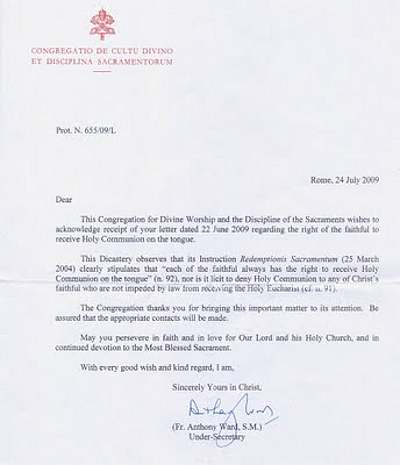

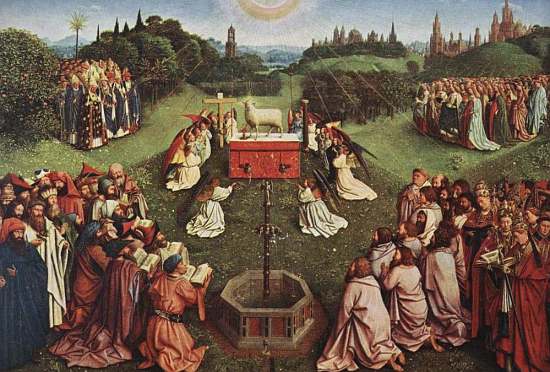


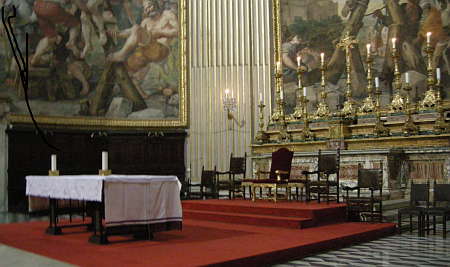
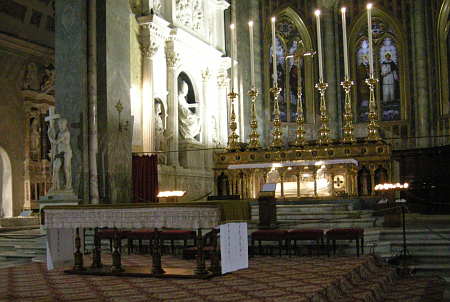


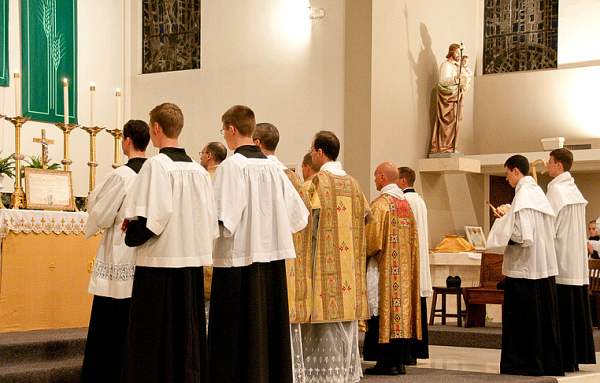
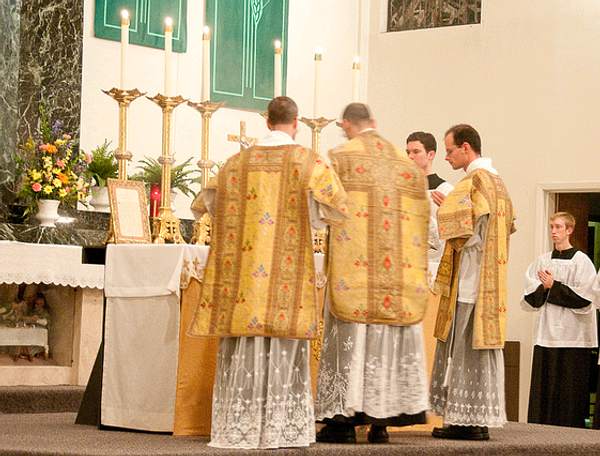
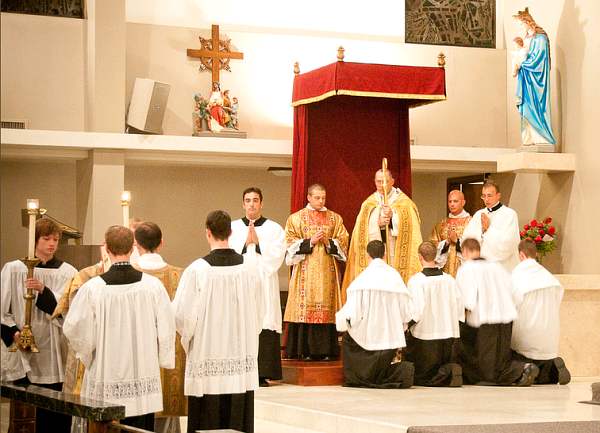
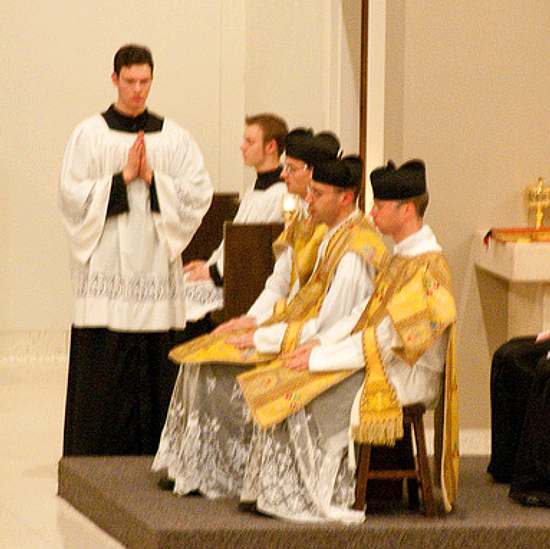
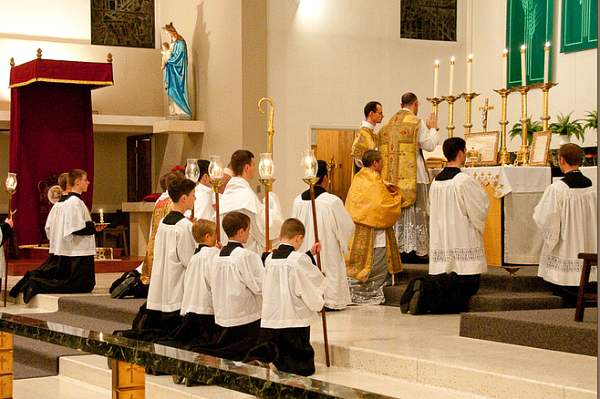
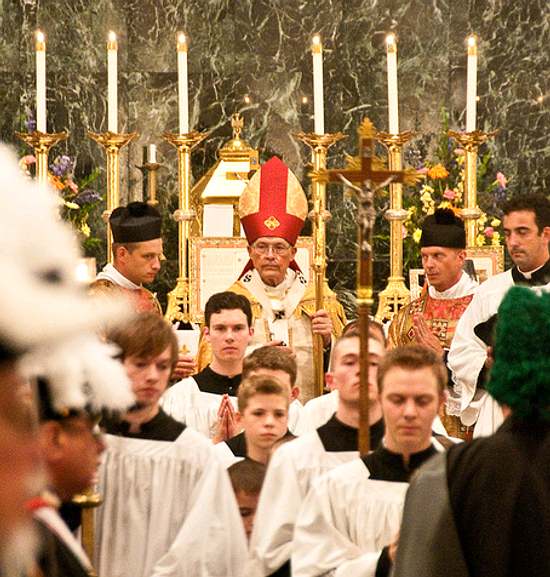
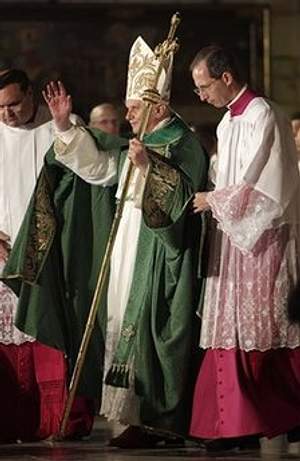 Jeg fikk en begeistret telefon i går kveld, fra et katolsk ektepar som satt og så på pavens vesper i Praha, direkte på internett fra
Jeg fikk en begeistret telefon i går kveld, fra et katolsk ektepar som satt og så på pavens vesper i Praha, direkte på internett fra 